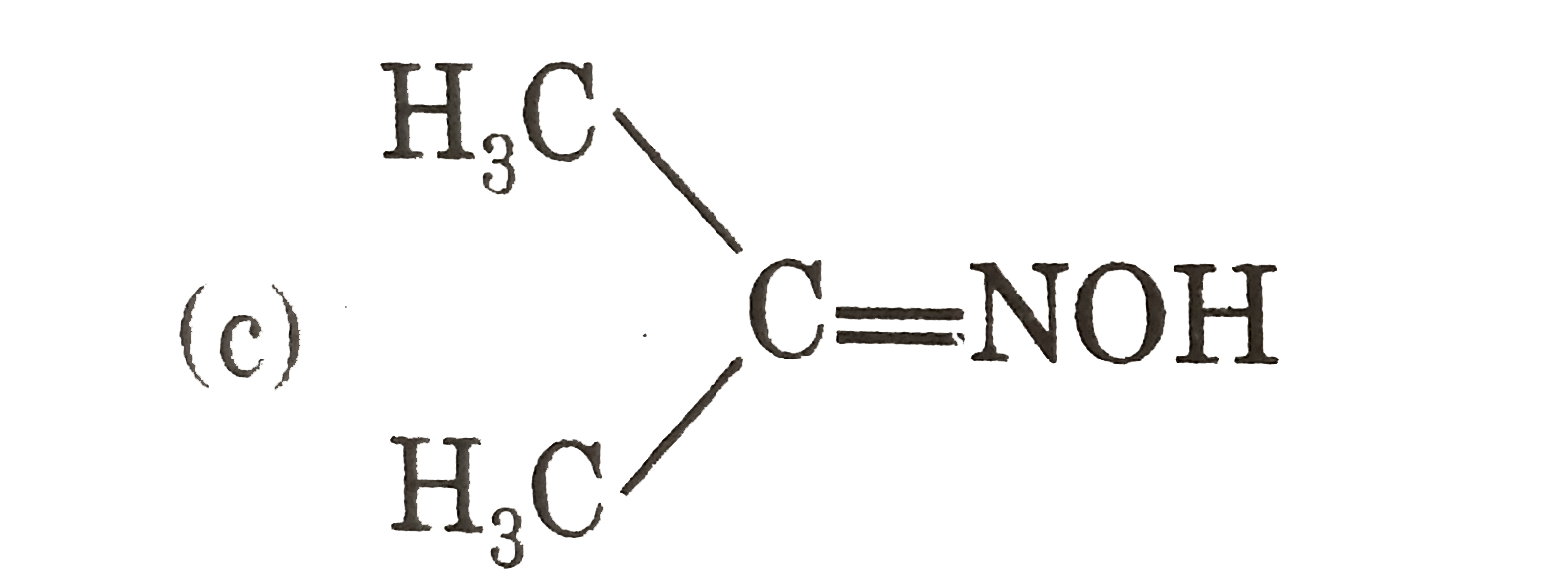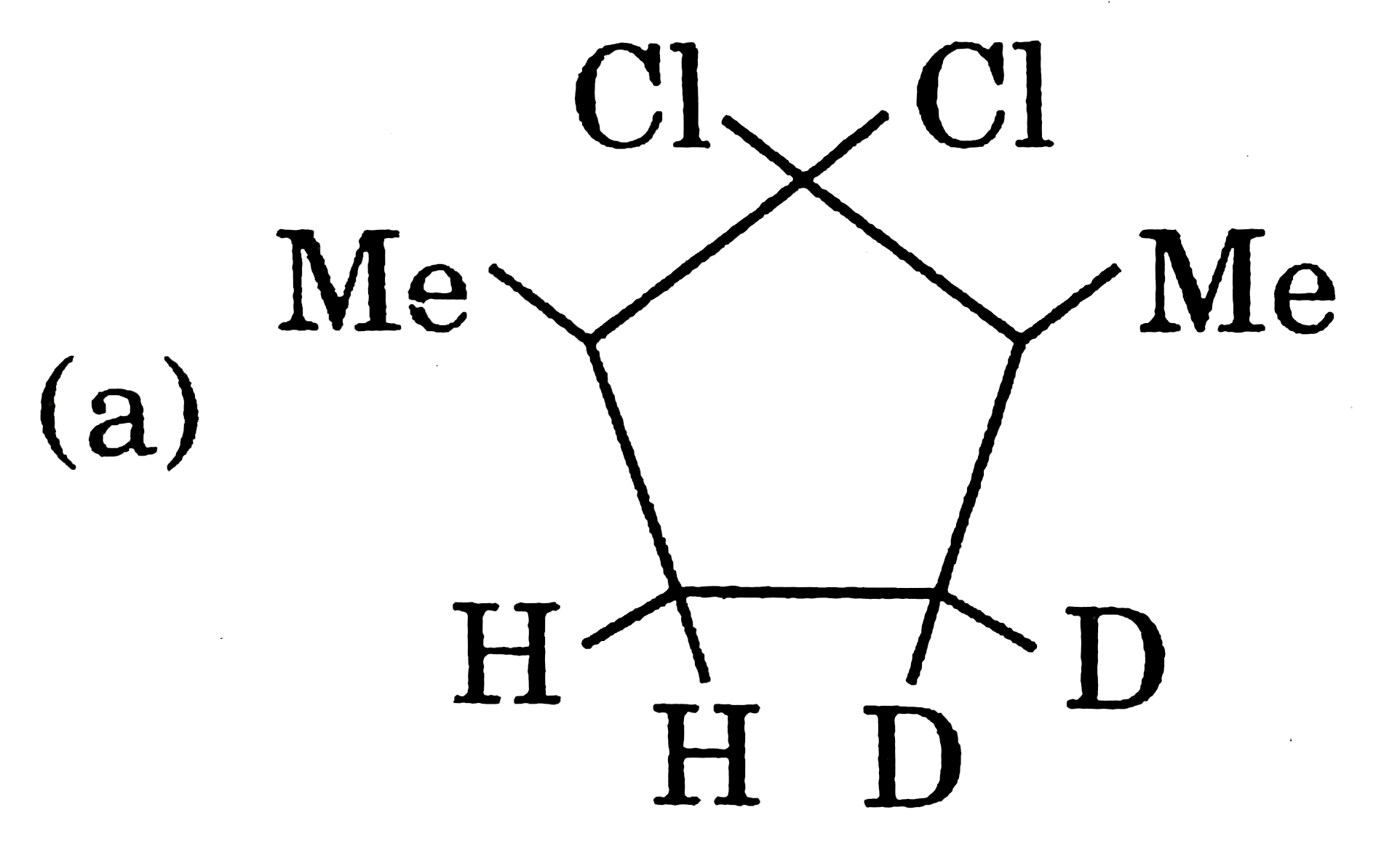which alkene will not show geometrical isomerism ?
XYC=CXY
XYC=CXZ
XYC=CZW
XYC=CXX
The correct Answer is:D
To determine which alkene will not show geometrical isomerism, we need to analyze the structure of each alkene and identify whether there is a possibility for geometrical isomerism based on the groups attached to the double-bonded carbons.
1. Understand Geometrical Isomerism:
- Geometrical isomerism (or cis-trans isomerism) occurs in alkenes when there is restricted rotation around the double bond and different groups are attached to the carbon atoms involved in the double bond.
2. Identify the Criteria for Geometrical Isomerism:
- For geometrical isomerism to occur, each carbon of the double bond must have two different substituents. If both substituents on one of the carbons are the same, geometrical isomerism cannot occur.
3. Analyze Each Option:
- Option 1: If both sides of the double bond have different groups (e.g., A and B on one carbon, C and D on the other), geometrical isomerism is possible.
- Option 2: If one carbon has two different groups and the other carbon also has two different groups, geometrical isomerism is possible.
- Option 3: If one carbon has two identical groups (e.g., X and Y2) and the other carbon has two different groups (e.g., Z and W2), geometrical isomerism is possible.
- Option 4: If both substituents on one carbon are the same (e.g., X and X) and the other carbon has different groups (e.g., Y and Z), geometrical isomerism cannot occur because there are no different groups to create isomers.
4. Conclusion:
- After analyzing all options, the alkene in Option 4 will not show geometrical isomerism because one of the carbons in the double bond has two identical groups attached to it.
Final Answer:
The alkene that will not show geometrical isomerism is Option 4.
- Geometrical isomerism (or cis-trans isomerism) occurs in alkenes when there is restricted rotation around the double bond and different groups are attached to the carbon atoms involved in the double bond.
- For geometrical isomerism to occur, each carbon of the double bond must have two different substituents. If both substituents on one of the carbons are the same, geometrical isomerism cannot occur.
- Option 1: If both sides of the double bond have different groups (e.g., A and B on one carbon, C and D on the other), geometrical isomerism is possible.
- Option 2: If one carbon has two different groups and the other carbon also has two different groups, geometrical isomerism is possible.
- Option 3: If one carbon has two identical groups (e.g., X and Y2) and the other carbon has two different groups (e.g., Z and W2), geometrical isomerism is possible.
- Option 4: If both substituents on one carbon are the same (e.g., X and X) and the other carbon has different groups (e.g., Y and Z), geometrical isomerism cannot occur because there are no different groups to create isomers.
- After analyzing all options, the alkene in Option 4 will not show geometrical isomerism because one of the carbons in the double bond has two identical groups attached to it.
The alkene that will not show geometrical isomerism is Option 4.
Topper's Solved these Questions
Similar Questions
Knowledge Check
Which will show geometrical isomerism?
ACH3CH=NOHB C
C DHO−N=N−OH
DHO−N=N−OHWhich will show geometrical isomerism?
A B
B C
C D
D
Which will show geometrical isomerism?
 AI,II,III,IVBI,II,IIICI,III,IVDI,II,IV
AI,II,III,IVBI,II,IIICI,III,IVDI,II,IV
